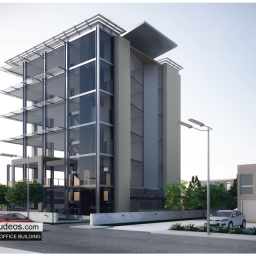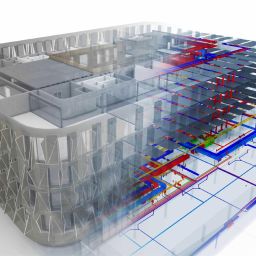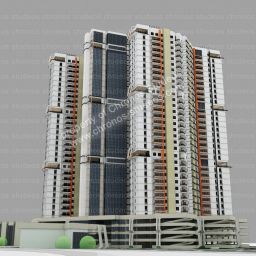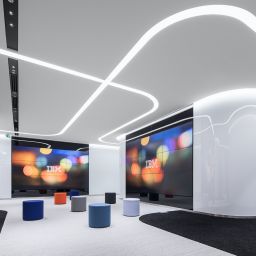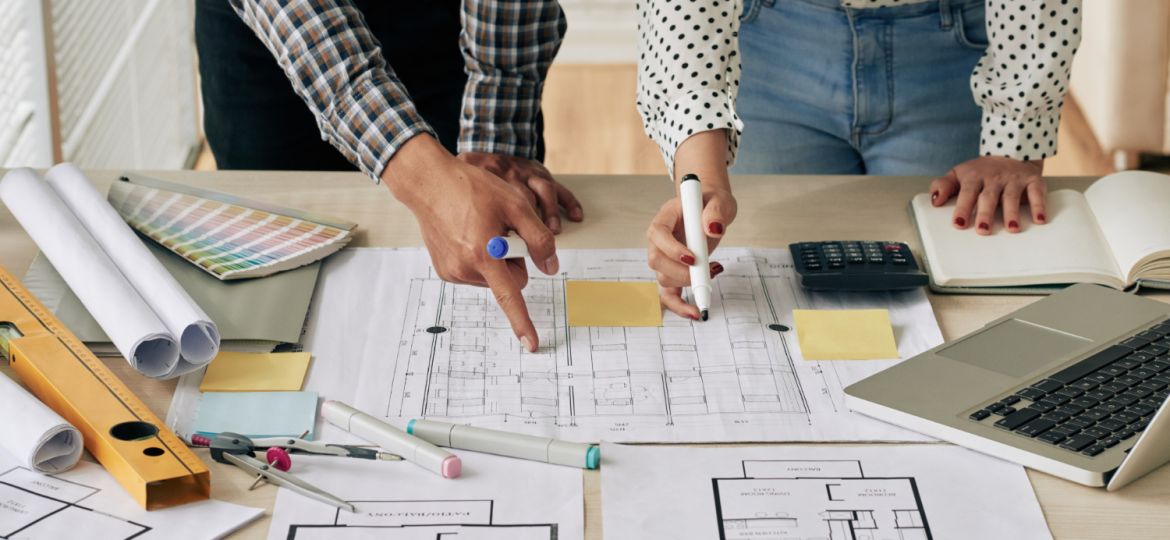
Great teams are essential contributors to successful architecture firms today. You may begin as an individual enthusiast ready to conquer all odds–taking advantage of every opportunity to hone your skills as an architect—but at some point, you’ll have to work with a team.
Every day, you meet the demands of various clients who come to you because they trust you. However, your ability to effectively deliver on projects depends on who you work with. This brings us to our conversation about building high-performing teams.
Header Photo Credit: pressfoto | freepik
Defining a high-performing team
A high-performing team is a group of competent individuals with a variety of skill sets and areas of specialization, working together to achieve a common objective. This is a team with aligned values and culture. High-performing teams embrace collaboration, communication, and innovation as they work towards producing outstanding results.
Building a high-performing team involves identifying the needs of a project and assigning people to handle those aspects of the project that match their skills and level of expertise.
Beyond having the required skills, you want to create a team with people who understand the broad goal of your project and are committed to getting the job done. People who are willing to work with others, accept feedback, and tackle specific projects from various perspectives when the need arises.

What do high-performing architectural design teams do?
While creativity is an essential aspect of architectural design, there will be a need for a well-coordinated process when you have to provide value to your clients. High-performing teams execute successful projects through:
- Assimilation. They identify project needs by holding conversations with relevant stakeholders either collectively or through a representative—who is often the team lead.
- Exploration. They gather relevant information from various sources and incorporate findings into the design process to get the best possible results.
- Alignment. They create actionable timelines and align a set of complex processes for the best performance.
- Evaluation. With the end-users in view, they evaluate various outcomes while considering the emotional, functional, and technical aspects of the project that the client could have missed.
- Design. They help stakeholders simplify the process of bringing ideas to reality through well-crafted designs—organizing elements to create structures that meet user needs and positively contribute to the built environment.
- Information. They help stakeholders make informed decisions by revealing the financial, technical, and environmental needs of the project.
- Collaboration. They work together, every member making valuable contributions to the project’s needs at various design phases.
- Development. They share ideas and encourage team development where it involves trends and the use of technology.
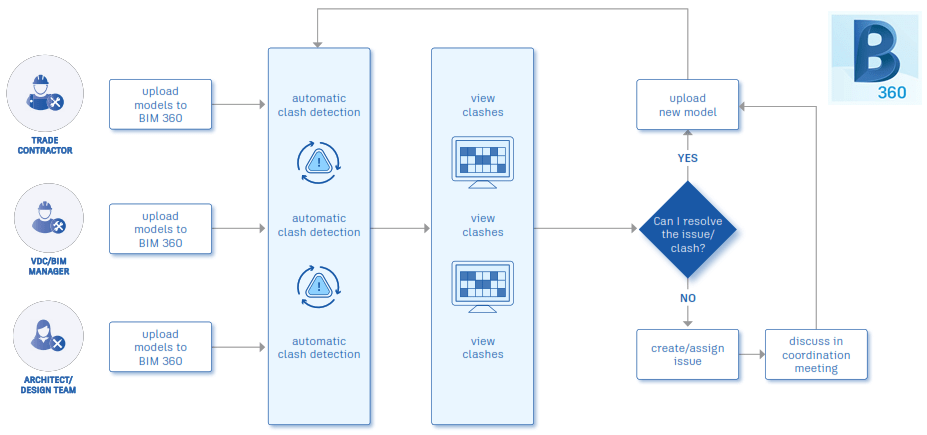
How to build a high-performing architectural design team
If you want to build a team that contributes to the success of your architecture business—while encouraging them to achieve new heights and be more productive in their endeavours, here are some tips to give you a head start:
1. Create stability
You only need the right number of people to get started. So keep it small and expand as more project needs come up. Importantly, you should know the needs of a given project before putting your team together.
If you miss this, you could risk building a team that is too small to entertain the level of diversity your project needs. You want to create a team of individuals that can complement each other as the project expands.
It’s advisable to make a list of the various aspects of a particular project and indicate the skills required for each one. This way, you’ll know how to create a stable design team.
2. Cultivate shared values
It is important to emphasize the necessary values that will help you build a cohesive team. If your team has a shared value system, you can bet on their ability to stick together when projects get more challenging. You’ll be sure that they can walk through conflict and lay aside personal differences because there is a goal to accomplish.
By encouraging shared values you’ll be able to create an understanding environment that fosters reliability and transparency at every point. This is one essential attribute of a high-performing team.
3. Establish flexible Workflows
Having a structure is key to the overall process of your project. While there are various design workflows you can adopt, it is advisable to stick to one that works for your team. Note that the goal is to create a system that helps them deliver efficiently.
Don’t get caught up with the process that you fail to identify where there could be a need for improvement. Note that systems are for the people and not the other way around. With this in mind, make provision to revisit your existing structure and identify areas that could hinder your performance as a design team.
4. Choose a framework
Determine which framework and models work best for your team. Bear in mind that a framework incorporates methods and requirements that help your team execute design projects. It’s a guide that shows them how to get things done, and this sort of direction is needed if you want to build a high-performing team.
There are various frameworks for architecture. So, you should consider the needs of your team and your project when choosing one. It’s advisable to stick to a framework that is generally understood in case you have to welcome new members to your team at a future date.
5. Prioritize Communication
Communication is an essential element of high-performing teams. Create an environment that makes it easier for your team members to express themselves. Let there be room for feedback on performance, asking questions, brainstorming, or getting clarity on delegated tasks.
You should also create an open system that helps your team get all the information they need as the project progresses. Ensure that the communication process is not buried in bottlenecks but flows freely.
One last thing…
It’s easy to get engrossed with the need to deliver the best possible results at every point, but there are times when certain members of your team will need more than deadlines to inspire them.
There are moments when they will need to take a breather and scenarios where they make mistakes. However, if you have laid the groundwork by building strong team culture, moments like this will help them pick up their pace more easily and without unhealthy pressure.
A high-performing team is not one that will always get it right. It’s a team that is ready to learn from failures as much as they are passionate about success. Such a team is willing to review processes and adjust to new developments in their ecosystem. A high-performing design team is open to growth at every level.
The Chronos Team’s exceptional delivery is a result of a great collaboration with other professionals whose strategies for project delivery align with ours. We leverage one another’s strengths on all opportunities. Talk to us about your next project.


